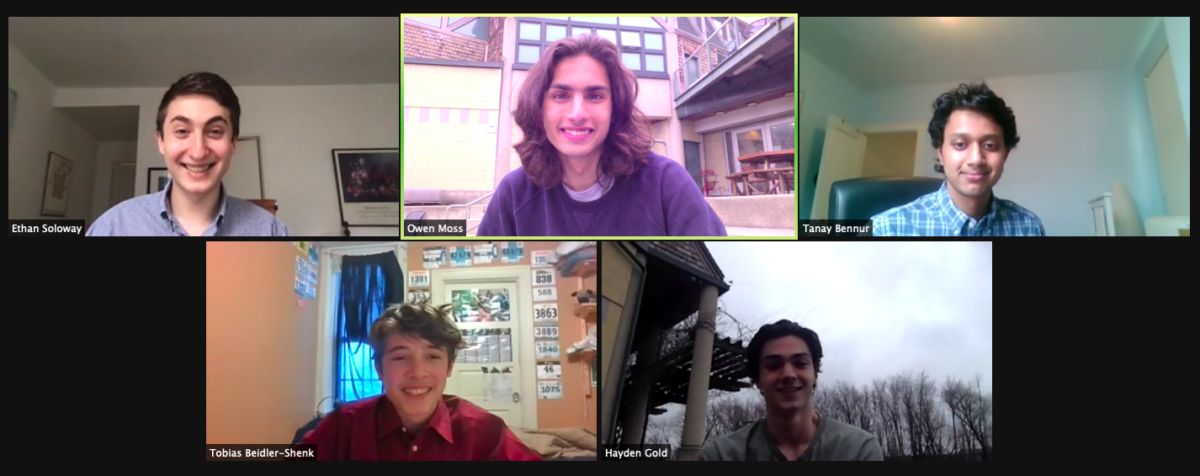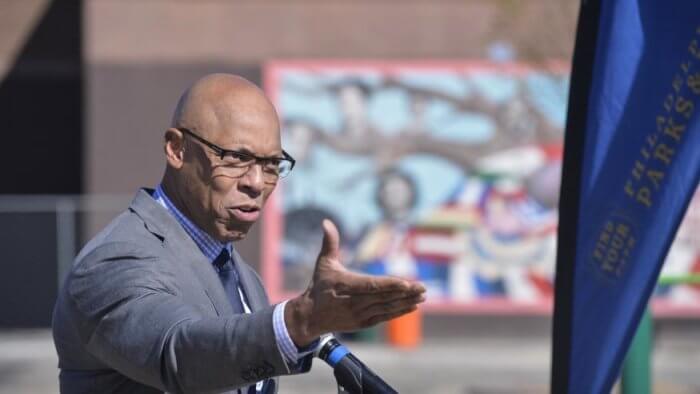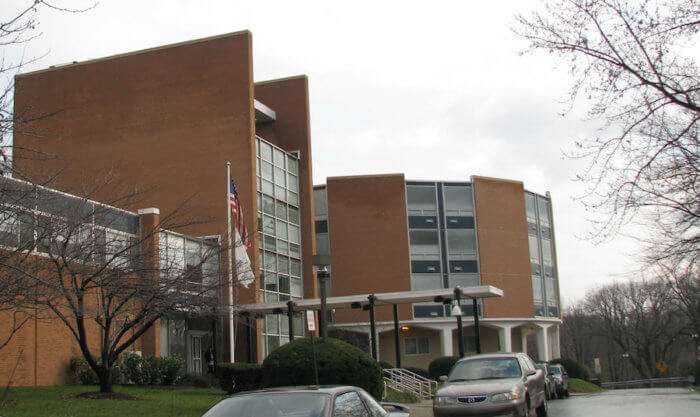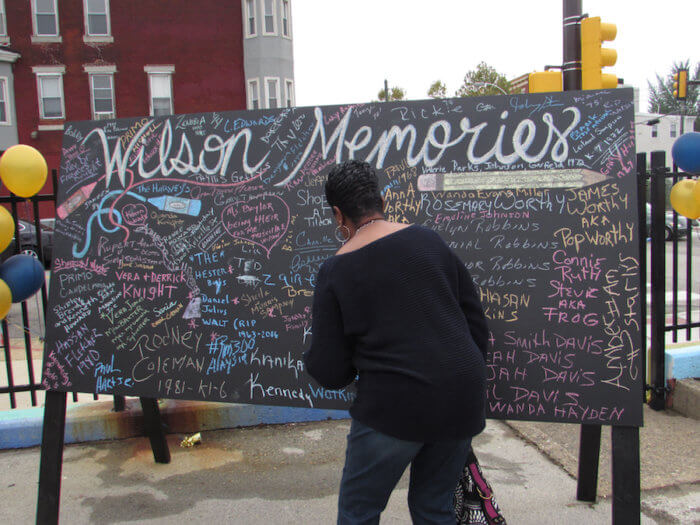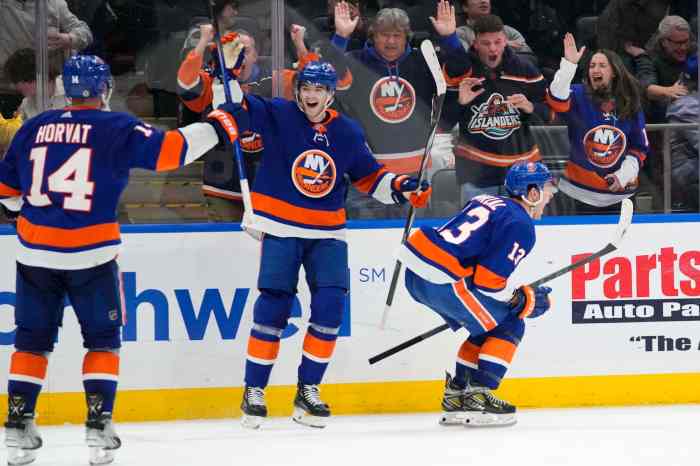Over the course of 14 consecutive hours in late February, a group of five Julia R. Masterman School students contemplated an issue that rose to prominence as the coronavirus pandemic took hold last year.
What would it take to provide reliable internet access to every family? And how much would it cost?
The high schoolers tackled those questions and others as part of MathWorks Math Modeling, or M3, Challenge, a competition run by the Philadelphia-based Society for Industrial and Applied Mathematics.
Their efforts paid off. The Masterman team — Tobias Beidler-Shenk, Tanay Bennur, Hayden Gold, Owen Moss and Ethan Soloway — bested more than 500 schools in the United States and Great Britain and became one of a handful of squads to reach next week’s finals.
It’s the first time Masterman, a public magnet school in Spring Garden, has reached the final round since it began participating in the event 15 years ago, teacher and M3 Challenge coach Kate Smith said.
After downloading the questions during competition weekend, participants have 14 hours to solve the problem through a 15-to-20 page paper.
The Masterman students prepared, but the topic remained a mystery until Feb. 27, when they gathered over a video conference and the clock started.
Bennur said they spent an hour or so brainstorming and figuring out how to apply math to the problem. Then, they split up duties, with some of the students digging into data and research papers and others recordinging the information.
“There were times when we’d have four people looking up different things at once,” said Bennur, 18, of West Philadelphia.
It was a three-pronged question. First, the students had to come up with a model projecting the cost of internet service over the next 10 years in the U.S. and U.K.
Then, they were asked to calculate the minimum amount of bandwidth necessary for three households with different usage rates. The final question had them draw up a plan for how to best locate cell towers based on population data.
“Fourteen hours, it sounds like a lot of time,” said Moss, a 17-year-old Masterman senior who lives in Center City. “It really is not.”
Bennur said they sent in their 21-page submission with 53 seconds to spare.
Their findings? Internet costs, they predict, will rise with inflation; however, with the arrival of 5G and improved technology, customers will get more bang for their buck, as measured by download speeds.
For the second part of the challenge, the group devised a survey, inputted real-word data and developed a formula to determine internet usage.
Moss said Bennur, who will study computer science at Carnegie Mellon University in the fall, led the team in building a virtual program outlining the best spots for cell towers in particular regions.
“I read it and thought, this is just amazing,” said Smith, who was not allowed to aid her students during the 14-hour challenge.
The Masterman group, along with five other finalists, will present their project to a panel of experts, answer questions and defend their work Monday.
If they win, the students will split $20,000 in scholarship money, according to the M3 Challenge website. All of the teams that made it to the final round are guaranteed at least $5,000.
Four of the five Masterman students competed in the event last year, while they were juniors. And earned an honorable mention. They said they spent time studying winning submissions from previous challenges.
“I did very little with this group,” Smith said. “I would say my biggest role was staying out of their way.”
The M3 Challenge is unique and stimulating, Bennur said. Other math-based competitions, he explained, aren’t done in teams and in a way that is relevant to the real world.
“This was a lot more open-ended, a lot more applied and also required a bit more critical thinking and creativity,” Bennur added. “I really like that aspect of it because there wasn’t necessarily one correct answer. There were multiple ways to go about it.”
Smith praised the event, saying it allows high schoolers to develop their critical thinking, analytical writing and thought processing skills while asking them to consider problems that are impacting the world.
“The focus too often in our high school and lower school mathematics education is, ‘What’s the answer,’ and there’s a unique answer,” she said. “This is, there is no answer. We’re looking to see what ideas you have, and whether or not they make sense.”
She hopes other local schools will sign up in the future. This year, Masterman was the only Philadelphia public school to participate.
For Moss, whose main duty during the challenge was writing, it was an enjoyable experience in a school year that has been made more difficult by the COVID-19 pandemic.
In August, he will be heading to Swarthmore College. He’s not sure of his major, but he will definitely be taking some math classes.
“It’s really just a lot of fun,” Moss said. “Fourteen hours doing math, you do have to like math, and I do.”



